Clean label has been touted as one of the top trends for bakery in 2024 but, as with many things that fall under the umbrella of health, tapping into it isn’t necessarily an easy task.
For starters, there’s not a universally accepted (or legally defined) meaning of the term, which on one hand gives bakers the freedom to interpret it as they please but on the other makes it harder to fully understand what consumers want from ‘clean’ products.
“Today ‘clean label’ is a broad concept which means different things to different consumers,” explains Martina Foschia, senior application specialist bakery at global ingredients and agricultural solutions firm Cargill. “These personal definitions of what it means to eat ‘clean’ are influenced by a range of external factors – not all of which are conclusive or straightforward.”
So, how is the baking industry interpreting clean label in 2024? And what impact is consumer demand for increased transparency having on the ingredients used in baked goods?
On the plus side, there is a lot of common ground in the Venn diagram of clean label definitions as many agree that it is about simple, often store cupboard ingredients extending to wider considerations such as where they are sourced from and whether they are certified as sustainable.
For example, Bakels Group marketing manager Michael Schofield describes clean label products as having “shorter, cleaner, and clearer labels with fewer ‘chemical-sounding’ ingredients, E-numbers, and artificial preservatives”.
Robert Lambert, marketing manager at clean label ingredients supplier Ulrick & Short, says it is about “easy to understand and transparent back of pack declarations” although he notes clean label now extends beyond label simplification to incorporate supply chain transparency.
I can’t imagine a scenario in which consumers would want less information. Clean label is not a trend, it’s here to stay
Julie Telfer, NPD manager for Silvery Tweed Cereals, explains that the term has evolved over the last 20 years (accounting for the different interpretations). It started with the removal of genetically modified foods, she says, and then expanded to include the removal of artificial colours, additives and E-numbers which were “seen to be unnatural”.
“Current day it covers all this and more,” Telfer adds. “Consumers are not just looking for a minimal number of recognisable, easy to pronounce ingredients they want the label to convey that the product is made with minimal processing and is good for them and for the planet by being healthy and sustainable.”
In short, consumers want to know what is in their food and where it comes from.

A transparent approach
One thing industry experts can agree on is that clean label will remain high on the agenda for 2024.
“As with any new innovation or trend, you have early adopters and laggards that are maintaining the status quo,” notes Jackie Bowen, executive director of the Clean Label Project. “The difference that I see with clean label and with transparency in general, is that I can’t imagine a scenario in which it would go in reverse and consumers would want less information. It’s not a trend, it’s here to stay.”
Enticing words, and with stats to back it up. The global clean label ingredients market is expected to grow with a CAGR or 8.7% to reach $32.1bn by 2026 [Global Clean Label Ingredients Market: Focus on Ingredients, Application, and Country-Wise Analysis – Analysis and Forecast, 2020-2026].
Consumers are becoming more conscious of what’s in the food they eat, and are looking for natural and healthier food options
“We recommend bakers make clean label a significant part of their offering in 2024 and beyond, as demand in the UK for these products grows in line with the global market, which is expected to double in value by 2026,” adds Schofield at Bakels.
To tap into the opportunity bakers first need to understand why consumers are shopping for clean or cleaner label products.
“The driving force behind an increased focus on clean label is consumers becoming more conscious of what’s in the food they eat, and looking for natural and healthier food options,” Schofield says, highlighting research from the International Food Information Council which found that health-related factors dominate the reasons why consumers avoid ‘chemical-sounding’ ingredients.
The spotlight on this has got even brighter in recent years, particularly as the debate around ultra processed food (UPF) heats up. Like clean label, the industry is divided on the exact definition of a UPF and whether they really are as bad as they’re made out to be.
However, this could in turn lead more shoppers to seek out more information about the goods they are putting in their baskets. Telfer at Silvery Tweed Cereals believes the recent bad press around UPFs will put focus on what consumers are looking for when it comes to clean label products. This, she notes, could drive interest in products and ingredients which are labelled to indicate that they have been less processed – for example, stoneground flours.
Education is also needed for consumers to understand the ingredients that are used. “Even a key base ingredient such as white or brown flour can now look unappealing to a consumer. Due to a lack of familiarity with scientific names instead of seeing a list of vitamins and minerals in their flour they see a list of chemicals,” Telfer adds.
Acceptable alternatives
Removing lesser known or ‘chemical’ sounding ingredients comes with its fair share of challenges – many of them offer enhanced shelf life, ensure consistency, and contribute sensory qualities which consumers expect from the goods in question (softness, texture, taste, and more).
Different processing methods may be required as well in the quest for cleaner labels, explains Silvery Tweed’s Telfer. She adds that replacement ingredients aren’t always going to be a direct replacement either, meaning that cleaning up labels “will ultimately add costs, whether through more expensive ingredients, slower processes, different processing equipment and more”.
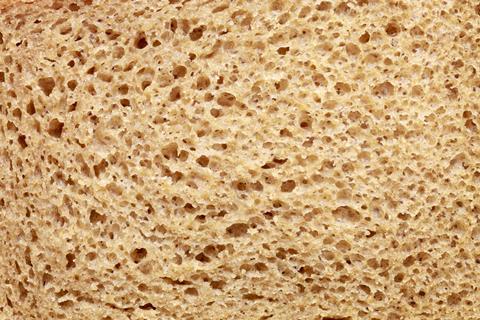
Emulsifiers, gums, and stabilisers are described as “true workhorse ingredients” by Cargill’s Martina Foschia, who offers up one example of meeting the reformulation challenge in pectin – “the most label-friendly hydrocolloid”. A home baking staple, pectin is recognisable and understandable to consumers, Foschia says, and has a “compelling origin story” as it is made from the leftovers of juice production – apple pomace and citrus peels.
“This unique, water-soluble texturiser is highly functional, with great gelling, stabilising, and thickening properties. Couple these renewable, upcycled roots with consumers’ positive perceptions and it easily checks the label-friendly box coveted by many food and beverage manufacturers,” she says.
Not all quandaries come with such a neatly packaged alternative. As with most things when it comes to reformulation, potential solutions depend on the situation.
“It very much depends on the specific formulation and ingredient that is being replaced as to whether it is technically possible,” notes Lambert at Ulrick & Short. “However, certainly in bakery in particular, there are clean label alternatives that do not compromise on product quality, albeit these are solutions that are far less commoditised and require a deep technical understanding.”
Solutions do exist though, and with consumers often unwilling to compromise on convenience and shelf life this is putting some ingredients on the chopping block.
Preservative calcium propionate (E282), used by bakers for decades, is among them according to Bakels, which has developed Bakels Protect to replace it. The clean label preservative and mould inhibitor is made from fermented wheat flour (which is what it can be declared as on labels) and is suitable for all yeast-raised bakery products.
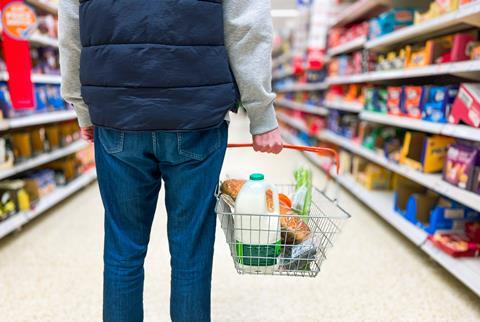
Putting the label in clean label
Evidently, there’s a whole lot of work required before you get to the label part of clean label – although it is a consideration at the very start of the process.
“Producing label-friendly products now involves many layers of complexity – from developing traceable supply chains to addressing the challenges of reformulating products with label-friendly ingredient alternatives,” outlines Foschia at Cargill.
The challenge then remains to make the labels as accessible as possible so consumers can grab the information they need quickly.
“They want to be able to cut to the chase and rapidly find something that suits their tastes and dietary needs,” says Stephanie Brillouet, marketing director at Délifrance. “Although clarity on use of ingredients is law, it can be made much easier through well thought-out labelling at both point of sale and on the pack itself.”
This could increase the importance of certification schemes such as Red Tractor, Fairtrade, Organic, and more, believes Telfer at Silvery Tweed Cereals, as consumers look for “trustworthy products” and indicators that “a food is good for them or the planet”.
The Clean Label Project is hoping to add to the roster of trustworthy logos – the non-profit organisation is on a mission to bring ‘truth and transparency’ to labelling. It believes the food and consumer product industry is on the verge of a ‘fundamental paradigm shift’ when it comes to safety and quality, with the new arbiters being consumers. The Project includes a certification scheme which can be used on pack and although predominantly based in the US, it is now certifying brands on six continents with several UK-based brands going through the process at present.
Just like the definition of clean label, it seems the market will undoubtedly evolve over the coming years as well. But if there’s one message from the experts to take away – consumer interest in what goes into their food isn’t going to go away any time soon.




















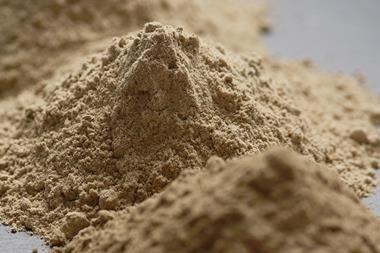


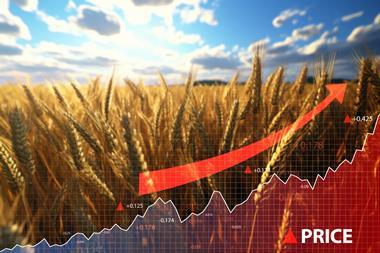
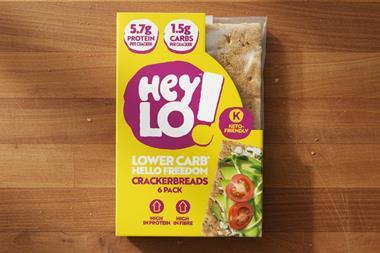





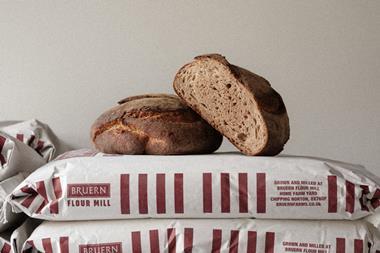


No comments yet